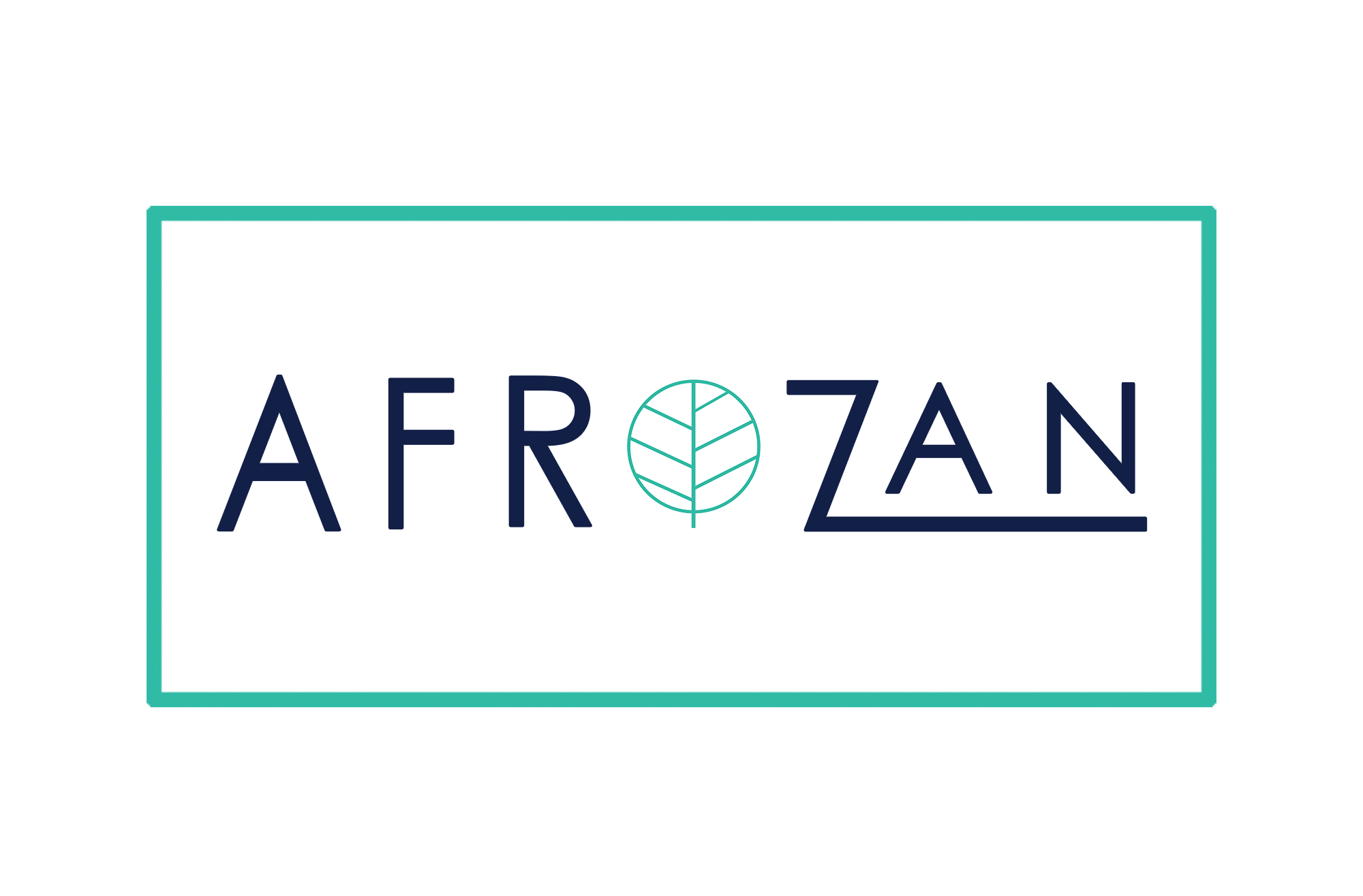In an era where sustainability reigns as a critical concern across industries, the fashion sector finds itself under increasing scrutiny for its environmental footprint. Amidst this backdrop, the adoption of Life Cycle Assessment (LCA) emerges as a transformative force, offering a comprehensive framework to evaluate and mitigate the industry's ecological impact.
At its core, LCA transcends the conventional linear approach to production by analyzing the entire life cycle of a garment – from cradle to grave. This entails scrutinizing each stage, including raw material extraction, manufacturing, distribution, consumer use, and disposal, to unveil the true environmental costs associated with fashion.
In the context of the fashion industry, LCA serves as a powerful tool for fostering accountability and transparency. By quantifying and visualizing environmental impacts, LCA compels stakeholders to confront the ecological consequences of their actions, prompting a shift towards more sustainable practices.
One of the most significant contributions of LCA to the fashion industry lies in its ability to identify "hidden" environmental hotspots. Often, the focus tends to center on visible aspects such as manufacturing processes, while overlooking upstream and downstream impacts. LCA rectifies this by spotlighting areas of high environmental intensity, such as water consumption, greenhouse gas emissions, and chemical pollution, thereby guiding targeted interventions for improvement.
Moreover, LCA facilitates informed decision-making by providing a basis for comparison between different materials, designs, and production methods. Armed with this knowledge, designers and manufacturers can make conscious choices to minimize environmental harm without compromising creativity or quality.
Furthermore, LCA serves as a catalyst for innovation and collaboration within the fashion industry. By highlighting opportunities for optimization and resource efficiency, it encourages the development of sustainable materials, circular business models, and supply chain innovations.
In essence, Life Cycle Assessment (LCA) emerges as a cornerstone in the journey towards a more sustainable fashion ecosystem. By promoting transparency, driving accountability, and fostering innovation, LCA empowers stakeholders to navigate the complexities of environmental stewardship, paving the way for a fashion industry that not only captivates with its style but also leads with its environmental conscience.
One of the standards that can be followed to have a comprehensive LCA is ISO 14044.
ISO 14044 is a standard developed by the International Organization for Standardization (ISO) that provides guidelines and requirements for conducting Life Cycle Assessment (LCA) studies. It complements ISO 14040, which outlines the principles and framework for conducting LCA. ISO 14044 specifically focuses on the technical aspects of performing an LCA, ensuring consistency, reliability, and comparability of results across different studies.
Here are the key aspects covered in ISO 14044:
- **Scope and Goal Definition**: ISO 14044 emphasizes the importance of clearly defining the scope and goals of the LCA study. This involves specifying the functional unit, system boundaries, and intended applications of the study.
- **Inventory Analysis**: The standard provides guidelines for collecting, compiling, and validating data on inputs (e.g., materials, energy) and outputs (e.g., emissions, waste) throughout the life cycle of the product or service being assessed.
- **Impact Assessment**: ISO 14044 outlines methodologies and models for assessing the potential environmental impacts associated with the inventory data. It includes guidance on selecting impact categories, characterizing impacts, and interpreting results.
- **Normalization, Weighting, and Aggregation**: The standard addresses the normalization, weighting, and aggregation of impact assessment results to facilitate comparison and decision-making. It provides guidance on selecting appropriate normalization and weighting factors based on stakeholder preferences and priorities.
- **Interpretation**: ISO 14044 emphasizes the importance of interpreting LCA results in a transparent and meaningful manner. It encourages stakeholders to consider uncertainties, limitations, and sensitivity analyses when interpreting and communicating LCA findings.
- **Review and Quality Assurance**: The standard includes requirements for conducting peer reviews, quality assurance, and quality control to ensure the reliability and credibility of LCA studies. It emphasizes the need for transparency, reproducibility, and documentation throughout the LCA process.
Overall, ISO 14044 provides a comprehensive framework for conducting high-quality LCA studies, enabling stakeholders to make informed decisions, identify improvement opportunities, and promote sustainable practices across various industries and sectors.


